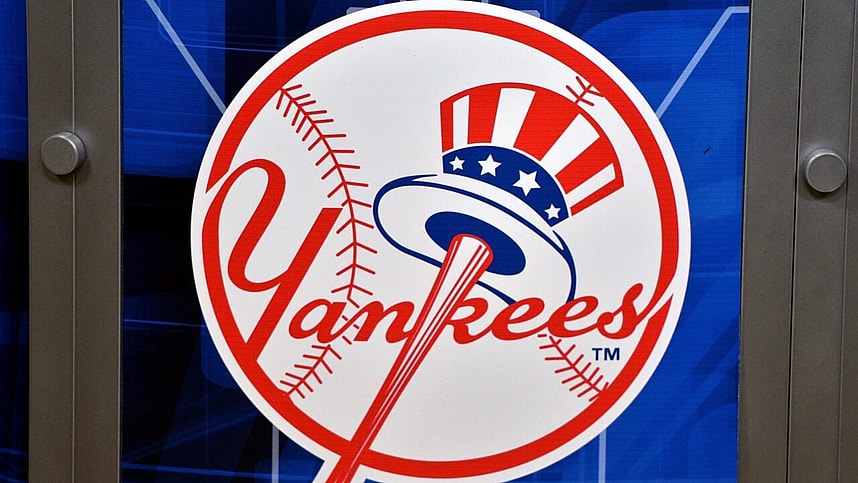
After winning four championships between 1996 and 2000, the early 2000s New York Yankees managed to field some competitive teams that fell short of the ultimate goal until 2009, when the club lifter its 27th and last trophy to date.
During the second half of that decade, a young Yankees’ pitcher managed to make his way into the team’s plans until injury and performance forced him out of the picture, precisely, after the 2009 season: Chien-Ming Wang.
The sinkerballer from Taiwan, who threw the pitch almost exactly two thirds of the time during his career (66.1 percent), had nice debut with the Yankees in 2005, pitching in 18 games and starting 17 with a 4.02 ERA and a 4.20 FIP. During those days, pitching was more about getting outs any way rather than prioritizing strikeouts and K/9. Wang achieved his success, brief as it was, by inducing weak, ground ball-oriented contact.
His career K/9 was a paltry 4.19 in 845.2 frames, yet he managed a respectable 4.36 ERA even though his last few seasons were disastrous.
The peak of Wang with the New York Yankees came in the 2006 and 2007 seasons. He accumulated 7.5 fWAR between the two years.
The Yankees’ respectable innings-eater
In 2006, he was 19-6 with a 3.63 ERA in 218 innings, with a 3.14 (!) K/9. He managed a 19-7 record in 199.1 frames a year later, with a 3.70 ERA and a 4.70 K/9. He was running groundball rates around 60 percent and HR/FB under 10 percent.
He was also effective in 2008, but that year, he started missing time with injury. He suffered a torn Lisfranc ligament of the right foot and a partial tear of the peroneus longus of the right foot while running the bases.
After his first 3 appearances in 2009, Wang was 0–3 with a ghastly 34.50 ERA. Amid speculation that he was altering his mechanics because of the foot injury, he was sent down to Tampa when the team discovered that his release point was off.
Then, he was diagnosed with weakness in the muscles of both hips and placed on the disabled list. Shoulder soreness made him land on the injured list once again in the summer, and he eventually had surgery. The Yankees opted to let him walk in free agency.
He missed the whole 2010 season and signed with the Washington Nationals in 2011. He pitched decently that year (4.04 ERA in 11 starts and 62.1 innings) but accrued negative WAR in his last three seasons: 2012, 2013 and a comeback attempt in 2016.
If injuries hadn’t gotten in the way, maybe Wang would have enjoyed a longer, more successful career. He was a good pitcher that was miscast as an ace in those years, but was a solid mid-to-backend starter who could eat innings and keep his team on the game.
Wang may have had no business in today’s strikeout-oriented league, or maybe he would have had to alter his pitching style. But the Yankees, at least, have the memory of those 2006 and 2007 seasons in which he was very good, if not stellar.
More about: MLB New York Yankees